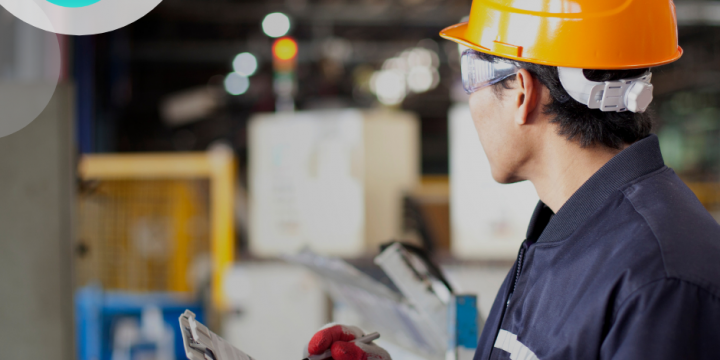
Keeping an Eye on PPE
A PPE check a day keeps the swarf away! Keeping your PPE (Personal Protective Equipment) in good, working condition, as well as ensuring that it is being work correctly and in the right circumstances, can make all the difference when it comes to a workplace incident. This is just as poignant when it comes to potentially life changing injuries caused by incidents such as damage to the eyes. According to statistics published by the HSE, roughly 1% of all reportable non-fatal injuries in 2021 affected the eyes; that’s just over 500 total injuries to one, or both, eyes. And according to the Labour Force Survey, self-reported incidents are as high as over 4,400! Some of these injuries are entirely preventable with the correct use of PPE, inkeeping with regular checks…

